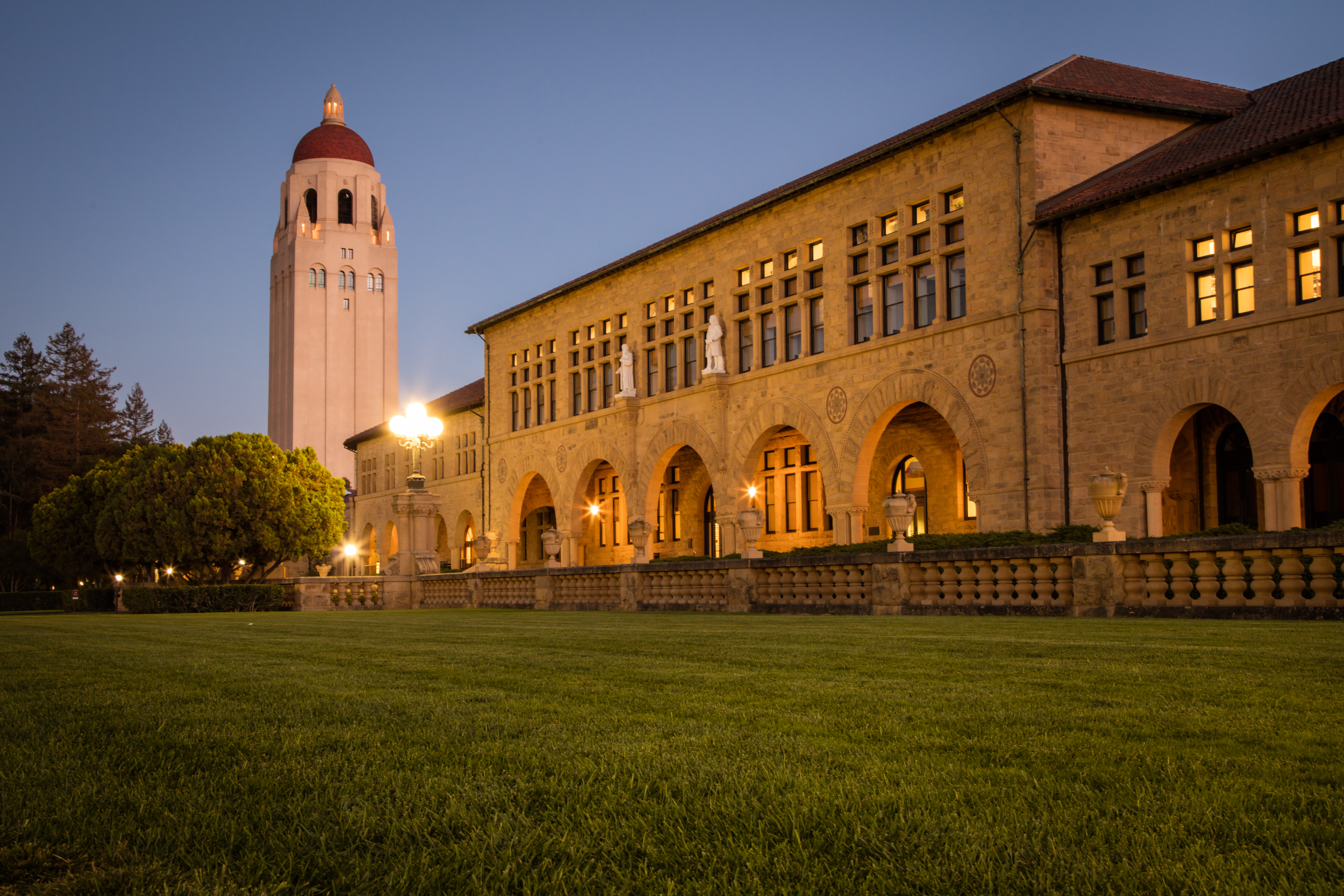The Daily’s story “‘It was like we were garbage’: Stanford to ‘cycle out’ creative writing lecturers” (Aug. 29) about Stanford’s Creative Writing Program contains a number of misunderstandings. I’d like to dispel three in particular: They relate to the central role of the Program’s Stegner Fellows (who are not mentioned in The Daily’s article), the rationale for the Program’s changes and future course availability.
First, the Stegner Fellows. The Stegner Fellowship is probably the most prestigious fellowship for an emerging writer in this country and internationally. Stegner Fellows come to Stanford for two years and develop their work under the guidance of Stanford’s illustrious creative writing faculty. Fellows sometimes arrive with a book completed or nearing completion, and many publish while they are here. Simply put, here, on our campus, the Stegner Fellows form a group portrait of some of the best future writers in the United States.
Wallace Stegner, who founded the Creative Writing Program, recognized that sometimes specially promising Stegner Fellows needed a little more time to hone their manuscripts and to gain extra teaching experience before they moved to other positions. So, he and his colleagues created the Jones Lectureships, as a time-limited extension of the stay at Stanford for a small group of former Stegners. The lectureships were designed as a bridge to a career, not as a career itself.
Over time, however, and for a variety of reasons, that original framework of the lectureships was not followed. Slowly, the system that had been created to ensure Stanford students could work with a consistent flow of emerging writers began to falter as many term-limited contracts were renewed annually. Last year, there were no openings at all for any Stegner Fellows to become Jones Lecturers.
To address this situation, the Stanford creative writing faculty undertook a year-long study of the options. What the faculty found was that all realistically possible solutions had benefits and drawbacks. After conducting listening sessions and holding many discussions, the faculty recommended restoring the original spirit of the Jones Lectureships by setting a time limit of five years on each new lectureship. The announcement on the creative writing website explains the decision, and I encourage everyone interested to read it carefully.
Second, changes to the Jones Lectureships are based on the Program’s values, original intent and student needs; they are not based on budgetary considerations. Indeed, the School of Humanities and Sciences is investing more in the Program, not less. But these changes are understandably hard for our current lecturers. The university has allocated significant resources to support them as they leave the Program. All existing contracts are being honored. In addition, during the transition there will be a high degree of continuity in the lecturer cohort. More than half of the current Jones Lecturers will be eligible to continue teaching at Stanford for the next four or five years, and others will receive other forms of support.
Third, there are no plans to discontinue classes or shrink the Program. Quite the opposite: Stanford’s additional investments in creative writing will increase the number of creative writing classes and create a new senior lectureship and two additional creative writing lectureships to ensure continuity and mentoring. Well-liked classes such as the “Stanford Graphic Novel” and “Fiction into Film” have already changed instructors over the last decade and they will do so in the future, but — depending not least on evolving undergraduate needs and interests — they will still very likely form a regular part of the Program’s course offerings.
Nicholas Jenkins is the director of Stanford’s Creative Writing Program.
